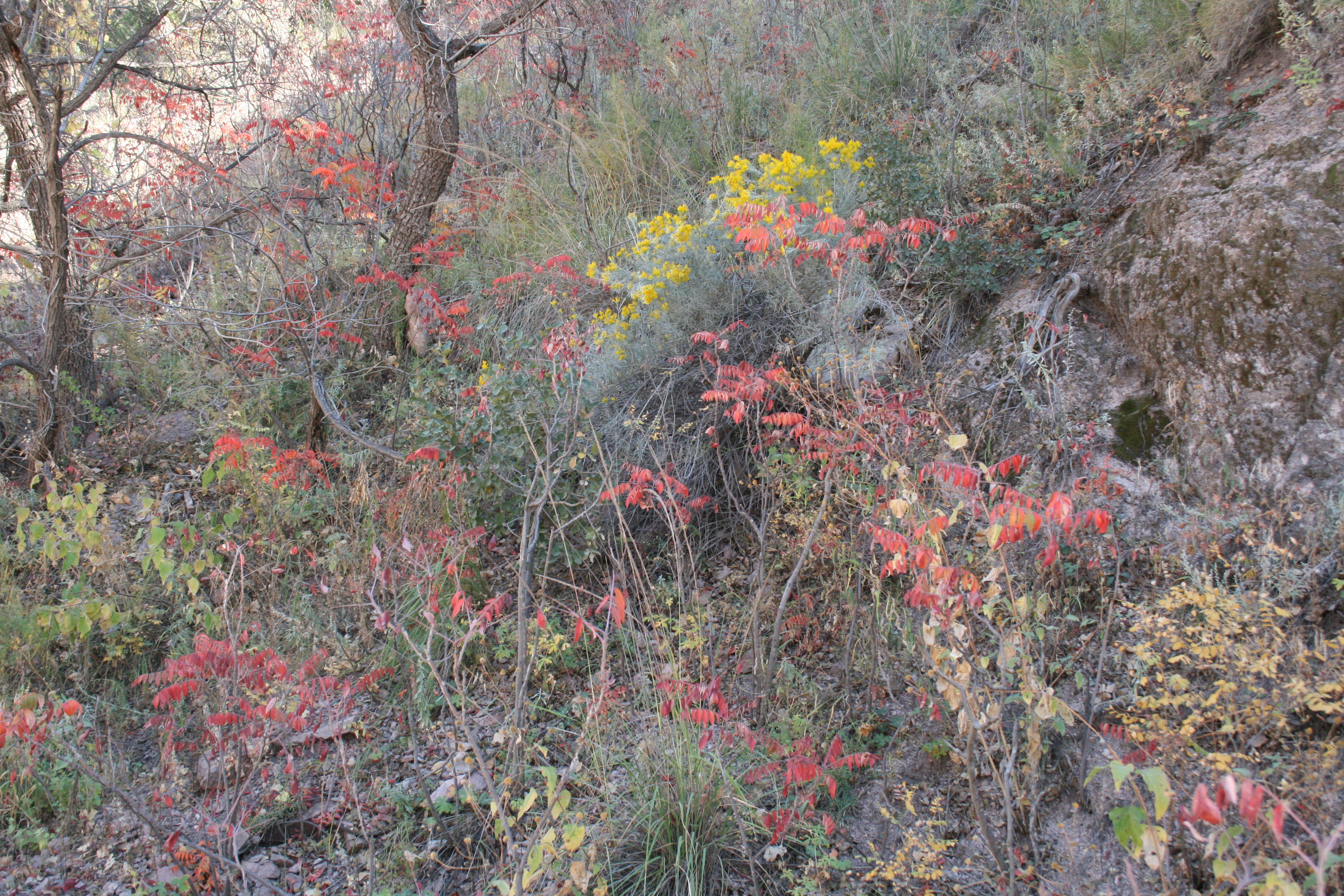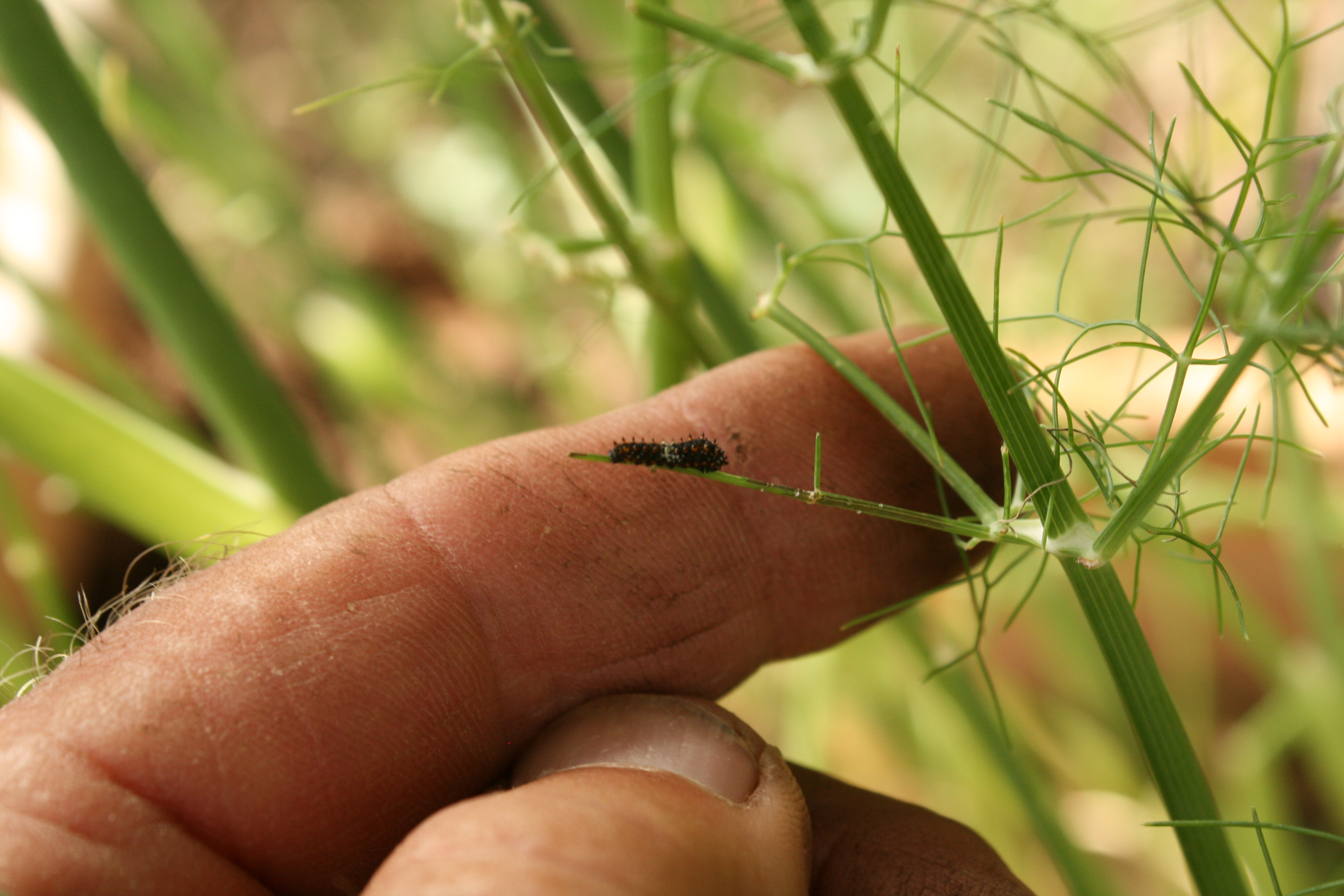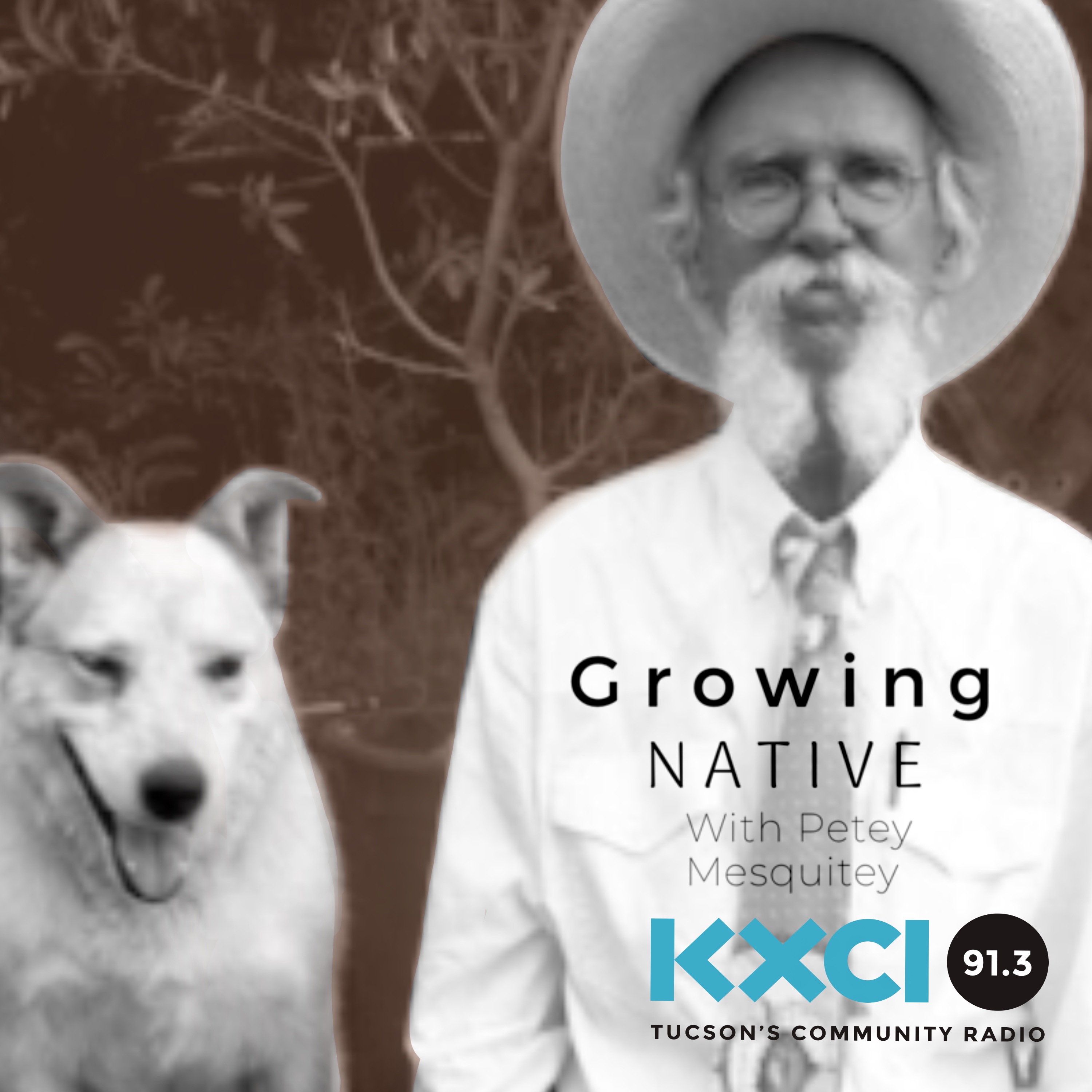There are five species of lubber grasshoppers found in the United States and two of those species are found here in the borderlands; the horse lubber and the plains lubber. Both are large and hefty grasshoppers easily three inches long and quite thick. In “good” grasshopper summers we’ll have an abundance of both species and by fall these large lubbers can be seen crossing the two lane blacktop highways. You can’t avoid them, so the road is littered with their carcasses and ironically their compadres come out to chow on them and they in turn are run over. What a mess!
The plains lubber (Brachystola magna) is flightless, but has small forewings that are quite colorful if you are into pink polka dots. The point being that they walk to get places. Oh they hop, but only to get away from something and it is not a very controlled hop. They are not gymnasts, but obviously the crazy hop works for them, so I probably shouldn’t judge their form. Plains lubbers eat various weeds and sometimes can be found eating your bean plants, but for the most part they are not serious pests. They have a slew of other grasshopper brethren in the grassland to help out in that department and some late summers we have lost everything in our garden and tiny orchard to grasshoppers. Everything. But such is life in the desert grassland.
A couple notes: the photo is mine and is of a small plains lubber. It must be an instar or two away from adulthood, but you can see its polka dot stole! And below is a link to a show I did about the horse lubber grasshopper.


Petey takes a drive into the hills near his home to see spectacular fall color of the local sumacs.

Growing Native- Black Swallowtail The scientific name of the black swallowtail is Papilio polyxenes. Papilio is Latin for butterfly and the specific epithet polyxenes...

One of the positive sides of isolating and staying very close to home during the pandemic is that we discovered new places and rediscovered...